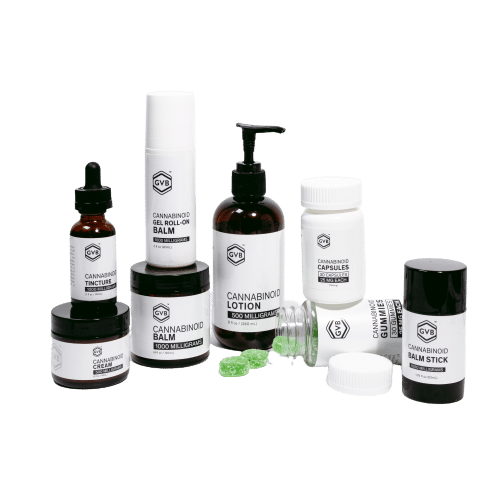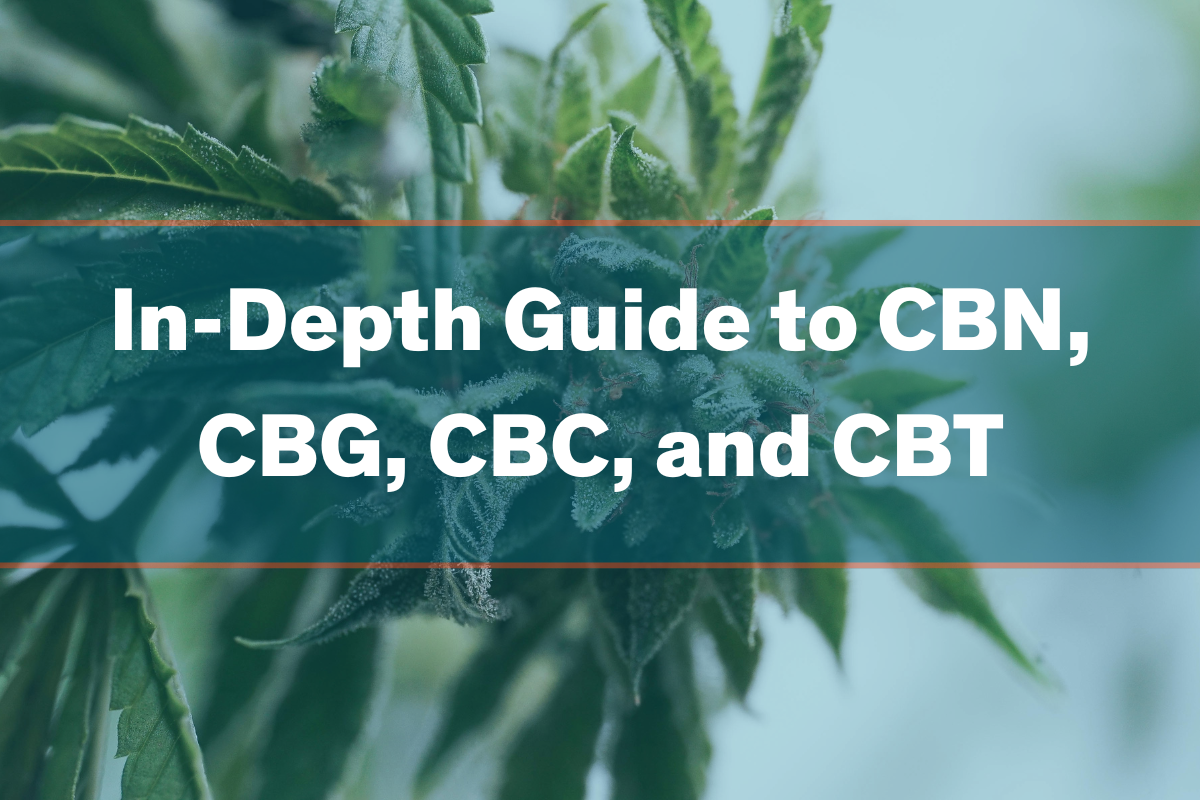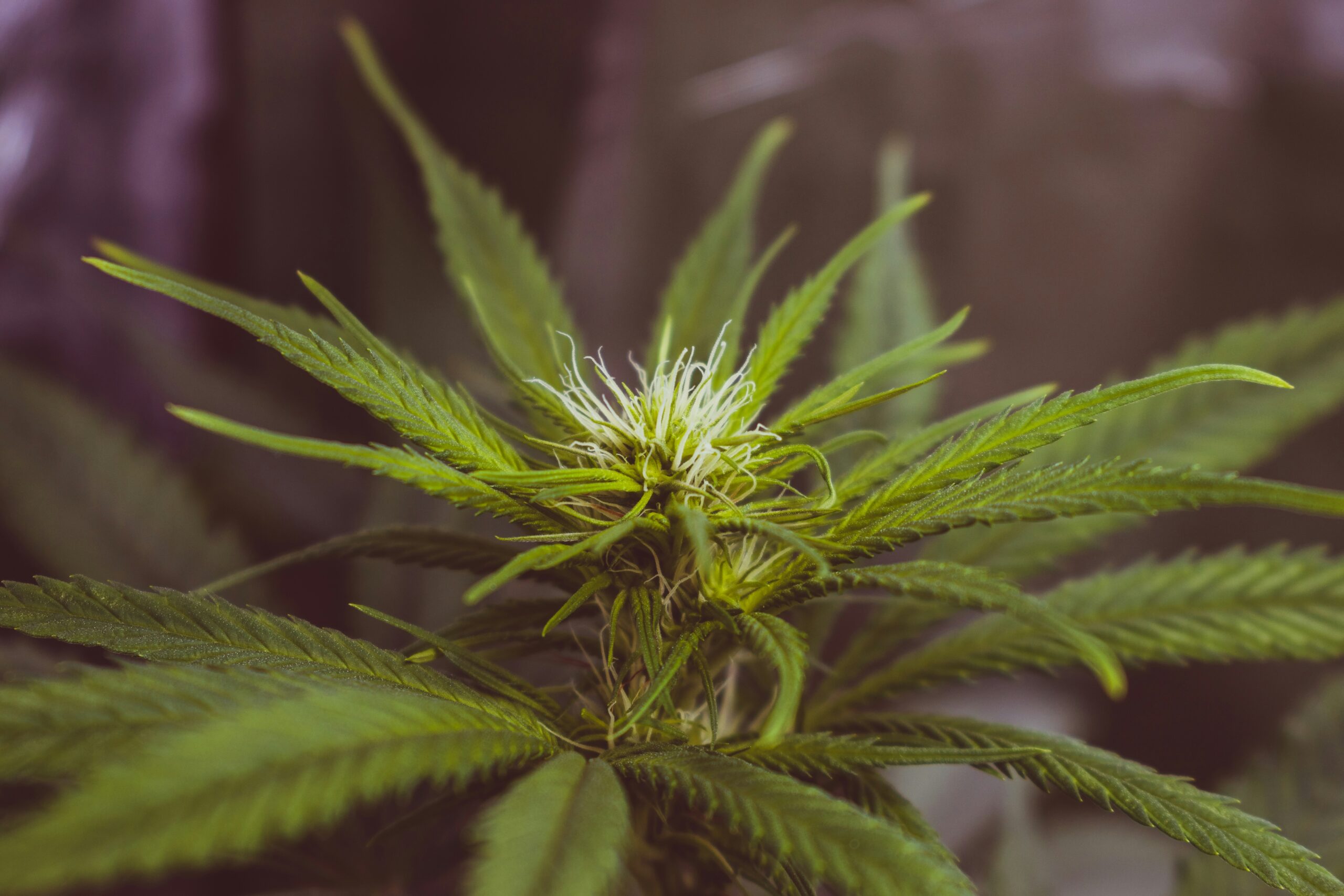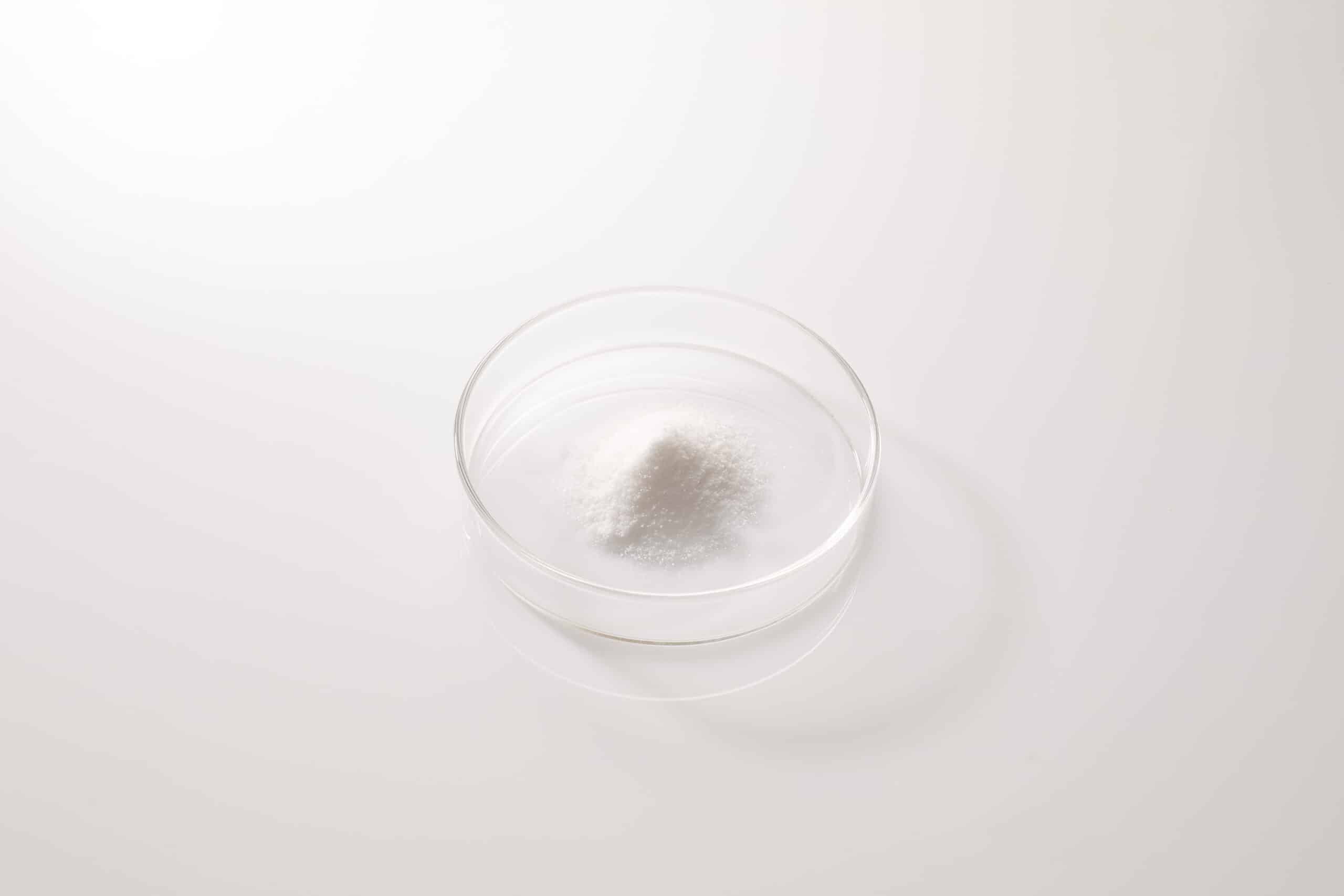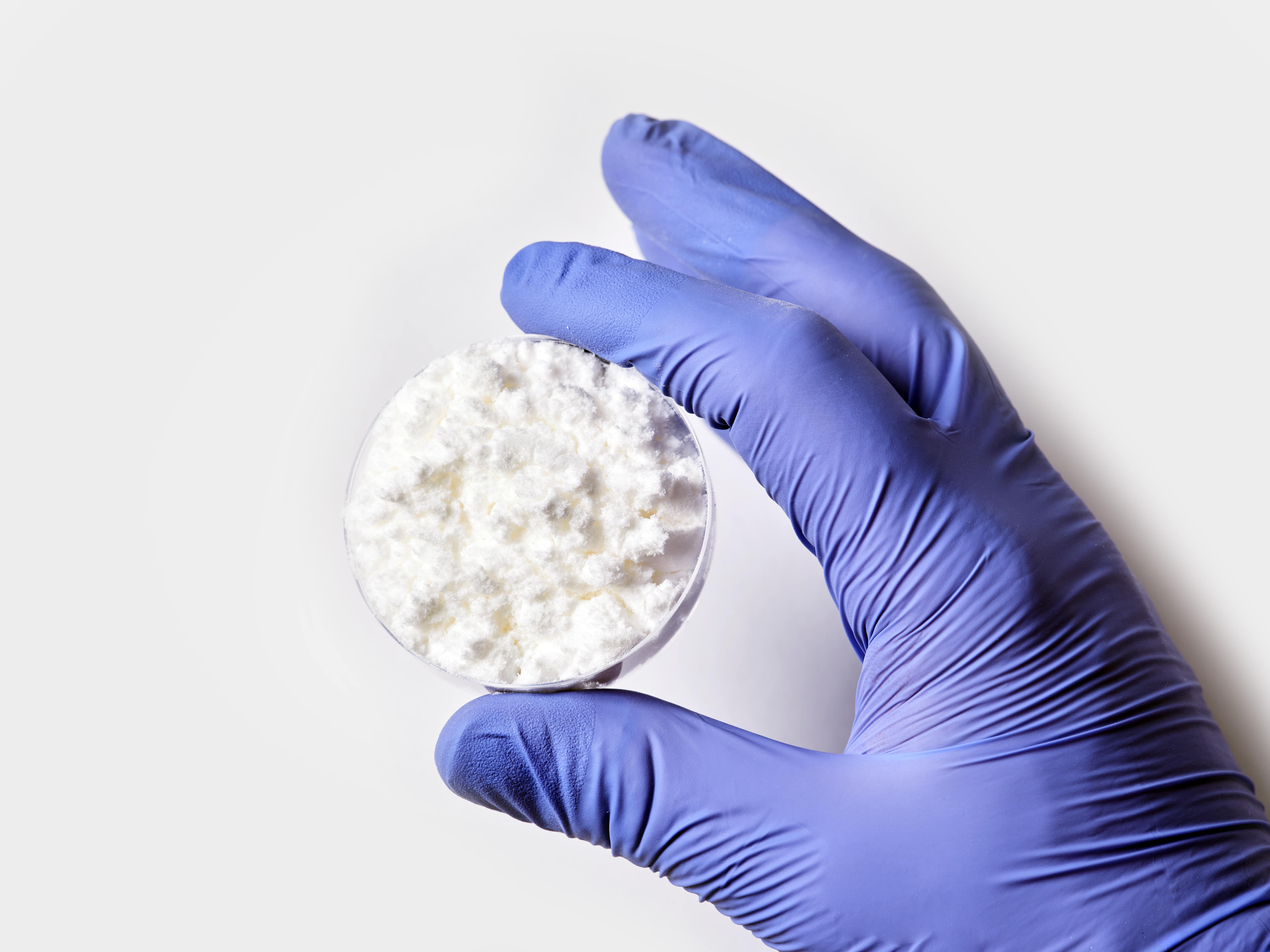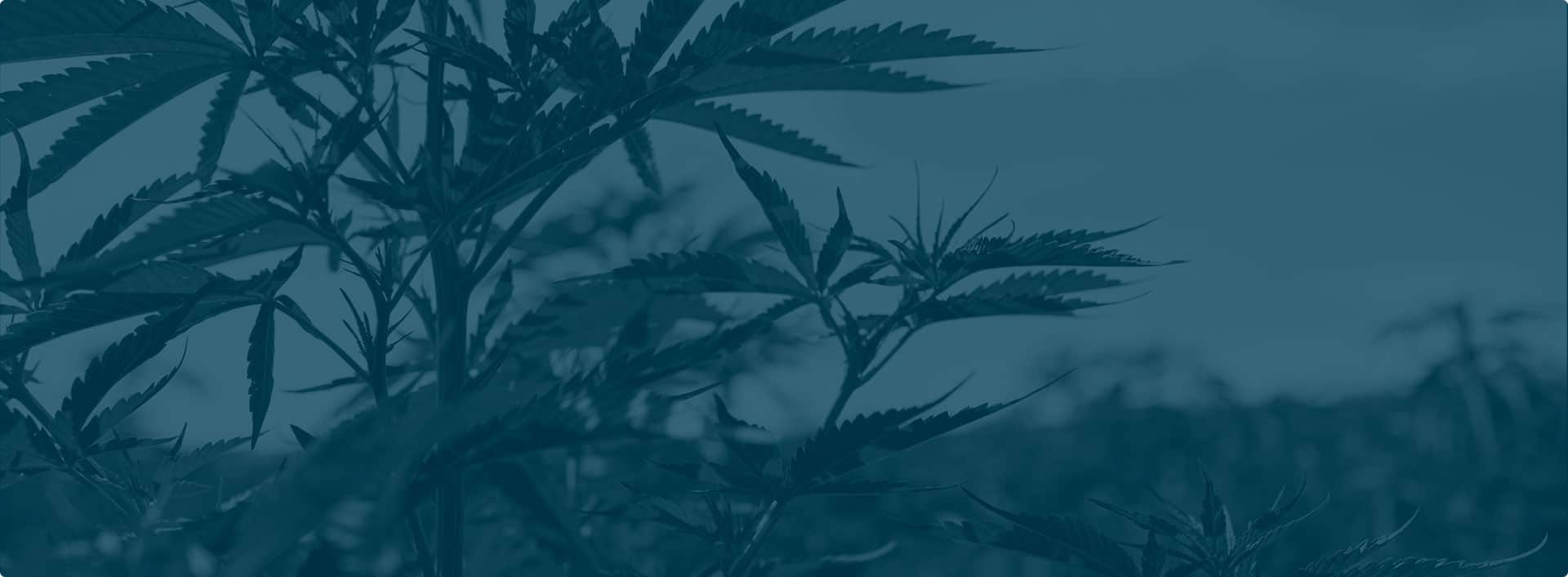A decade ago, hemp farming in the United States remained restricted to a few government-sanctioned facilities sprinkled across the nation. Hemp was still considered largely synonymous with marijuana, and domestic cultivation was tightly controlled.
Then, the 2014 Farm Bill began the process of redefining hemp — a process that reached some degree of conclusion with the bill’s 2018 update. Following the passage of the 2018 Farm Bill, it became legal to grow hemp anywhere in the United States as long as state and local governments approved.
Almost overnight, hemp cultivation swelled to claim unprecedented tracts of farmland. As a “cash crop,” hemp became farmers’ flavor of the week, and the industry has evolved significantly due to this sudden glut of investment.
At the time the 2018 Farm Bill passed, it was still a relatively new thing to grow hemp containing high concentrations of CBD and low concentrations of THC. By 2020, however, farmers had already mastered CBD production and were starting to branch out into cultivars bearing alternative cannabinoids like CBG and CBN.
Which cannabinoids are American farmers growing, and what does the share of farmland each cannabinoid takes up mean for the future of the hemp industry? Find the answers in this analysis of a recent Hemp Industry Daily farmer survey.
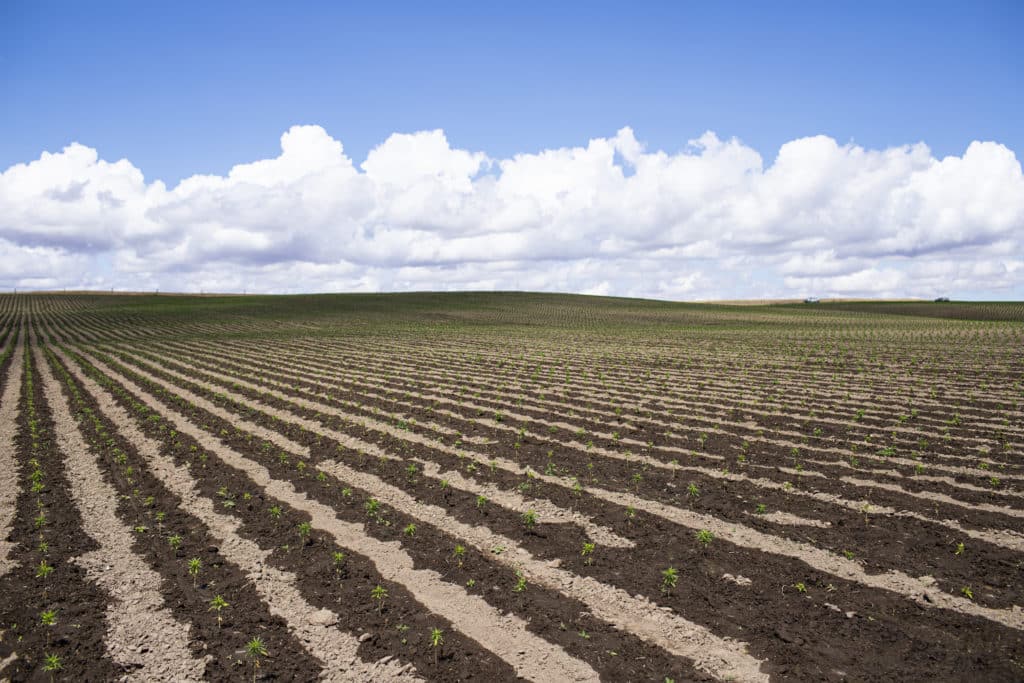
Brief history of American hemp agriculture
Hemp is one of America’s oldest crops¹. It was a major focus of textile production in the New World until the cotton gin was invented, which made cotton cultivation considerably more profitable.
Americans took up hemp production again as they spread across the North American continent, this time just as much for its resins as its fibers. While cannabis tinctures and similar products were popular in drug stores up until the 1930s, campaigns emerged in that era to prohibit cannabis production for ultimately unjust reasons.
Opportunities created by the 2018 Farm Bill
Cannabis and hemp production remained largely at a standstill until the passage of the 2018 Farm Bill. While some CBD companies had been in operation for a few years already by this point, this landmark piece of legislation opened up the floodgates of the American CBD industry by legitimizing hemp cultivation on US soil for the first time in nearly a century.
The Hemp boom and market stabilization
Immediately following the passage of the 2018 Farm Bill, a significant portion of American farmers switched their fields to hemp². Primarily cultivators of conventional crops, these farmers were willing to overlook their stigma against cannabis in light of the lucrative going rate of hemp-per-pound.
As simple economics dictates, this massive surge in hemp production led to market oversaturation that is still sorting itself out. Cultivating hemp can still be lucrative, but it isn’t the cash cow it used to be. Hemp farmers have had to get smarter, and one way they’ve done so is by expanding into cannabinoids other than CBD.
Leading cannabinoids cultivated in 2020
Unsurprisingly, CBD remained the primary cannabinoid cultivated among hemp farmers surveyed for a 2021 Hemp Industry Daily report³. A surprising number of American farmers, however, indicated that they had also started cultivating CBG and CBN. Let’s take a look at the details to get a better grasp of the current status of hemp agriculture in the United States:
1. CBD
How much hemp is grown for CBD?
According to Hemp Industry Daily’s 2021 survey, 80% of hemp farmers in the United States indicated that they had cultivated CBD-rich hemp crops during the 2020 growing season. As we’ll see, many of them also cultivated hemp containing other cannabinoids, but just as many American farmers seem to be sticking solely to CBD for the time being.
Is the share of hemp containing CBD up or down?
As recently as 2019, 96% of American hemp farmers grew CBD-rich cultivars of Cannabis sativa. The following year, however, only four out of five hemp cultivators reported growing CBD-rich hemp exclusively, indicating that 16% of farmers dropped CBD during that period and are now focused solely on other cannabinoids.
Hemp-derived CBD production projections
Even industry experts weren’t prepared for the hemp market’s rapid diversification into other cannabinoids. It seems we have the makings of a truly multi-cannabinoid hemp market in which demand for non-CBD hemp cannabinoids is nearing the current demand for CBD. There are other factors to consider, though.
2. CBG
How much hemp is grown for CBG?
In 2020, nearly half of American hemp farmers indicated that they had grown at least some CBG-rich plants. Forty-three percent of the respondents to Hemp Industry Daily’s survey reported producing cannabigerol (CBG), lending this minor cannabinoid a degree of unprecedented legitimacy and swelling the supply of CBG on the market.
Is the share of hemp containing CBG up or down?
Leaping from 19% to 43% in just a year, the number of American farmers growing CBG-rich hemp more than doubled between 2019 and 2020. It’s fair to say that 2020 marked the year CBG exploded onto the US hemp scene.
Hemp-derived CBG production projections
The massive uptick in domestic CBG production isn’t just due to increased demand for this CBD-alternative cannabinoid. The CBD market has been in a state of oversaturation for years, and some hemp farmers have jumped to CBG simply in the hopes that they’ll be able to sell their crops. As long as CBG production remains at least somewhat tethered to genuine organic demand, the share of hemp farmers producing CBG should continue to grow — albeit considerably more slowly.
3. CBN
How much hemp is grown for CBN?
While nowhere near as popular as CBD or CBG, hemp farmers are starting to pick up on the increased consumer interest in cannabidiol (CBN), a derivative of THC that is much more similar to CBD in terms of effects. According to the Hemp Industry Daily survey, 12% of American hemp farmers now cultivate Cannabis sativa specifically for its CBN content.
Is the share of hemp containing CBN up or down?
The number of US hemp farmers growing CBN increased slightly between 2019 and 2020 from 10% to 12%. While it’s safe to say CBN is certainly catching on, demand for this hemp cannabinoid has not yet erupted in the same way it has for CBD or CBG, although it is expected to in the near future.
Hemp-derived CBN production projections
Vying for space with two already well-established cannabinoids, it’s understandable why CBN hasn’t quite caught the public interest as significantly as of yet. An increasing number of hemp products, however, are starting to include a medley of different cannabinoids, taking the pressure off CBN-only products to provide the demand necessary to stimulate production of CBN-rich hemp.
Summary of key points
- CBD (80%) continues to take up the greatest share of American hemp production by far
- CBG (43%), however, is rapidly catching up as farmers seek to diversify
- CBN (12%) remains a niche cannabinoid that is gradually garnering interest
The future of American hemp production
American hemp production isn’t going anywhere anytime soon. The overall trajectory of hemp and cannabis in the United States is on the up and up. While slower to take hold than many would like, cannabis reform is spreading across the nation state by state, putting ever-increasing pressure on the federal government to revise its stance on cannabis regulation.
The FDA has made some progress in its efforts to properly regulate CBD. Convening its scientific advisory board in June of 2022⁴ to discuss the regulation of CBD in food products, this federal agency signaled that efforts to fully legitimize the hemp economy remain underway.
Demand for CBD and other hemp cannabinoids is not expected to slow down anytime soon, all-but ensuring the steady, continued growth of the American hemp cultivation industry. Expect to see US hemp farmers diversify even further into alternative non-CBD cannabinoids.
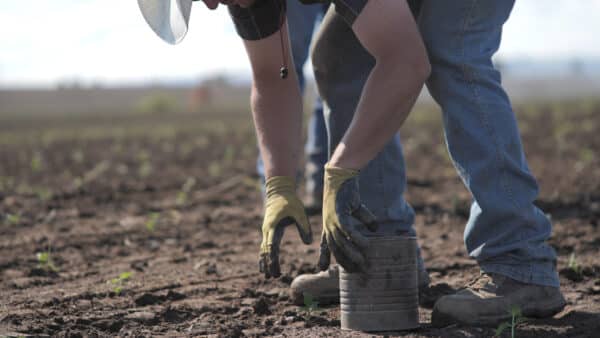
Which other cannabinoids might come to the fore?
We’ve hardly scratched the surface of cultivating cannabinoids. There are variants of familiar cannabinoids like CBDv and CBGv that have hardly been explored, and other hemp cannabinoids — like cannabichromene (CBC) — still aren’t available in hemp flower in high concentrations even though they certainly will be someday.
By 2025, it wouldn’t be surprising to find a domestic hemp market that produces large quantities of 6-8 different cannabinoids every year. CBD was the foot in the door, but there are so many more cannabinoids to explore.
The bottom line: Which cannabinoids does today’s hemp contain?
Given the massive impact it’s had on so many lives, it can sometimes seem like CBD has been around forever. The reality, though, is that the domestic hemp market was only recently resurrected from its regulatory tomb, and it will need some time to fully regulate.
Even once hemp becomes a fully legitimate part of the American agricultural economy once again, the market will continue to evolve. While hemp is certainly useful for fiber, it’s mostly produced for cannabinoids now, and the number of different cannabinoids derivable from hemp will only continue to grow.
Right now, hemp farmers might be almost exclusively focused on CBD, CBG, and CBN. However, new cannabinoids can break into the market at any time, making it prudent for operators in the hemp economy to always be on the lookout for new opportunities.
Cannabinoid farming FAQs
Learn more about the types of cannabinoids the US hemp farming industry is focusing on:
1. What are the main cannabinoids in industrial hemp?
The three main cannabinoids currently produced in industrial hemp in the United States are cannabidiol (CBD), cannabigerol (CBG), and cannabinol (CBN). The third, cannabinol, is a derivative of THC and is therefore produced in a slightly different process.
Both CBD and CBG, however, have been bred to be in high concentrations in certain strains of hemp. These cannabinoids are, in almost every case, entirely naturally derived since that is simply the most efficient and inexpensive way to proceed. There is now a considerable market for both CBD and CBG, paving the way for the future popularity of additional hemp cannabinoids.
2. What percentage of cannabinoids are in hemp?
The percentage of cannabinoids present in hemp ranges from around 5-30%. Some strains have been bred that push the 30% limit, but past that point, cannabis flower starts looking more like a crystal than a plant.
The lowest grade of industrial hemp available contains less than 5% cannabinoids, and this type of hemp is only useful for fiber or extraction purposes. The highest-grade and highest-potency hemp flower, on the other hand, is suitable for smoking and is often sold as an artisanal product.
3. Is 30% cannabinoids a lot?
Yes, if hemp or cannabis flower contains 30% cannabinoids, that is definitely a lot. Regardless of the strain cultivated, cannabinoid percentages nearing 30% are simply not achievable without the best indoor cultivation equipment that money can buy.
Cannabis is a simultaneously simple and fickle plant that must be pampered to reach maximum cannabinoid expression. Resultantly, outdoor-grown buds simply cannot reach 30% potency.
4. Which strain has the highest terpenes?
There is no one particular cannabis or hemp strain that will always have higher terpene expression than others. The level of terpene expression achieved in a cannabis strain is mainly dependent, rather, on how it is grown. Terpene expressivity, of course, varies between phenotypes, but not to such a great degree that any specific strain can be singled out as being inherently terpene-rich.
Sources
- 1. History Of Hemp In The US | Hemp History. (2021, March 25). Ministry of Hemp. https://ministryofhemp.com/hemp/history/
- 2. The Hemp Boom is Over. What Now? (2021, July 9). The Pew Charitable Trusts. https://www.pewtrusts.org/en/research-and-analysis/blogs/stateline/2021/07/09/the-hemp-boom-is-over-what-now
- 3. Staff, H. I. D. (2021, March 3). Despite buzz around delta-8 THC, cannabinoid cultivation dominated by CBD, CBG. Hemp Industry Daily. https://hempindustrydaily.com/chart-despite-buzz-around-delta-8-thc-cannabinoid-cultivation-dominated-by-cbd-cbg/
- 4. Nichols, K. (2022, June 14). FDA takes another look at CBD, but insiders are skeptical much will change. MJBizDaily. https://mjbizdaily.com/fda-takes-another-look-at-cbd-but-insiders-are-skeptical-much-will-change/

